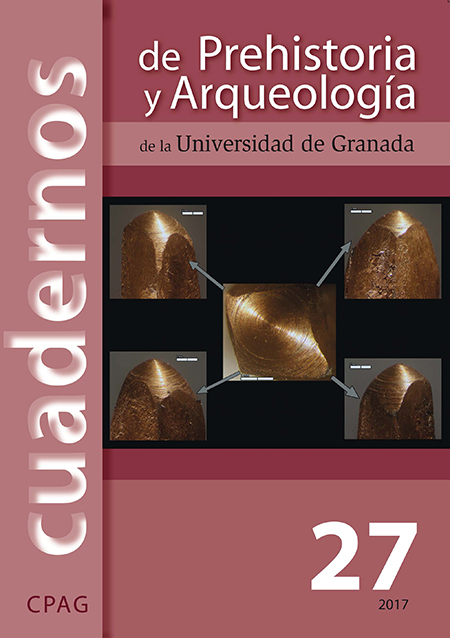USE-WEAR AND RESIDUE ANALYSIS OF STONE TOOLS USED BY EARLIEST FARMERS AT THE KLERK-5 SITE IN PRIMORYE (RUSSIA) (PRELIMINARY RESULTS)
##plugins.themes.xejournal.article.main##
Abstract
The research of the tools for processing plants is of great importance for finding out when gathering and farming begins in many regions of Eurasia. In the territory of East Asia the migration of farmers’ communities of Zaisanovski cultural tradition is traced from North-East China at first to Central Primorye of the Russia’s Far East, and after that to the coastal parts of this region, where the traditional occupation of the population was primarily fishing and hunting marine mammals (about 5300-4600 BP). The traceological analysis involving the experimental data allowed to figure out that some stone tiles, their fragments and pebbles from the Klerk 5 settlement, based on the coast of the Sea of Japan, had been used as grinding stones for processing plants. The results of the traceological analysis were confirmed by the detection of starch residues on the working surfaces of these tools. These facts indicate that the migration of farmers from the continental regions to the coastal part of Russian Far East contributed to the development of farming, previously unknown in this territory.



